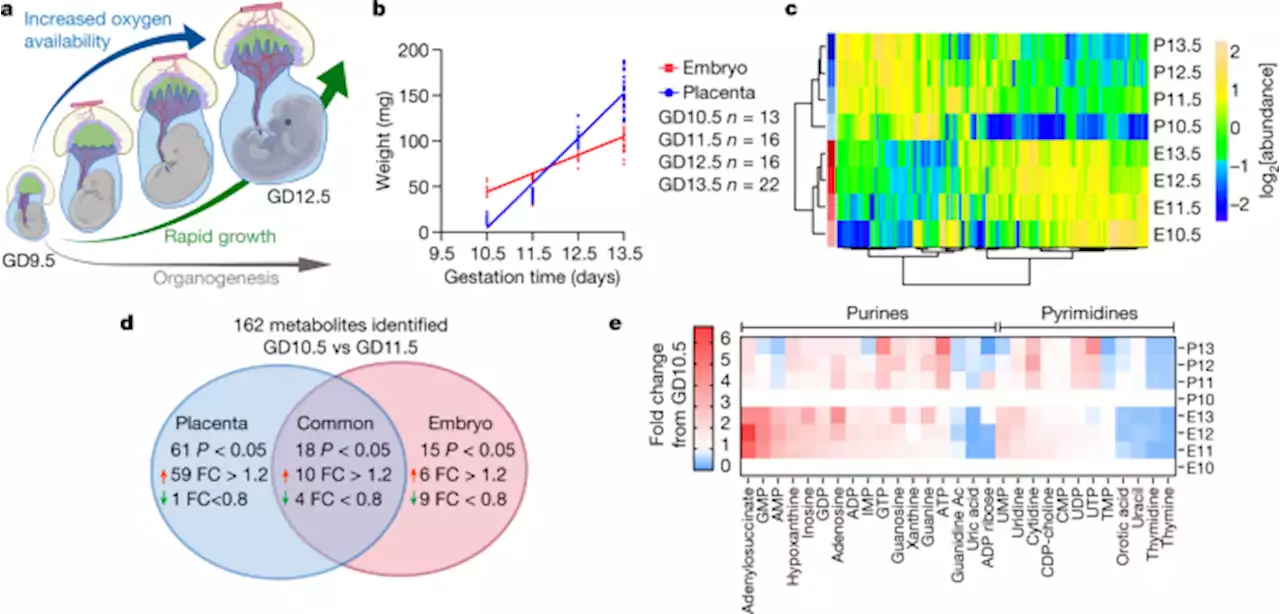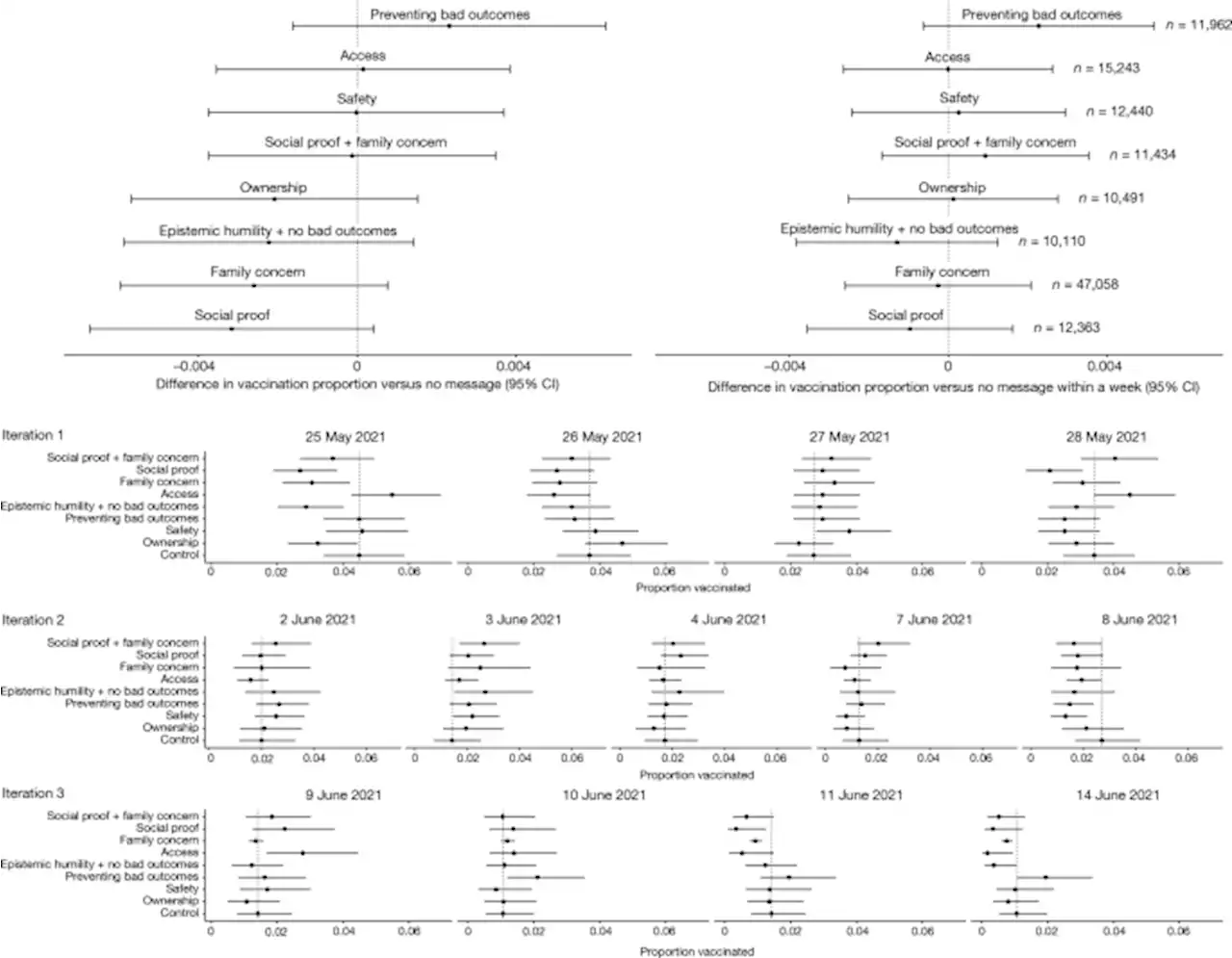Nature research paper: Mapping the energetic and allosteric landscapes of protein binding domains
, Heatmaps showing inferred changes in free energies of binding and folding for the GB1 domain. The final row in each heatmap indicates the minimal distance to the ligand . Free energy changes of ligand-proximal residues are boxed. Low confidence estimates are indicated with dots . Free energy changes more extreme than ±2.5 were set to this limit., Scatter plot comparing binding and folding free energy changes of mutations in the core, surface and binding interface.
Extended Data Fig. 6 GB1 mutational effects on protein stability and characterisation of surface de-stabilizing residues., 3D structure of GB1 where residue atoms are coloured by the position-wise average change in the free energy of folding. The FC domain of the human Immunoglobulin G is shown as black sticks., Anti-correlation between the position-wise average change in free energy of folding and the solvent exposure of the corresponding residue in GB1. Error bars indicate 95% CI .
Extended Data Fig. 8 Changes in fitness and free energy of binding and folding of major allosteric sites and allosteric mutations., Scatter plots of single aa substitutions’ changes in free energy of binding and folding for the GB1 , GRB2-SH3 and PSD95-PDZ3 protein domains. Variants are coloured by aa position if found in a major allosteric site. Free energies are from a single model; error bars indicate 95% CI from a Monte Carlo simulation approach .
Extended Data Fig. 9 Allosteric mutations in GB1 and enrichment of allosteric mutations in literature allosteric networks and specific residue types and classes., Domain structure of GB1 with surface allosteric sites and surface residues with allosteric mutations highlighted in orange and green respectively. The FC domain of the human Immunoglobulin G is shown as black sticks.
Ireland Latest News, Ireland Headlines
Similar News:You can also read news stories similar to this one that we have collected from other news sources.
 Structural basis of lipopolysaccharide maturation by the O-antigen ligase - NatureCryo-electron microscopy structures of the bacterial O-antigen ligase WaaL, combined with genetics, biochemistry and molecular dynamics simulations, provide insight into the mechanism by which WaaL catalyses the biosynthesis of lipopolysaccharide.
Structural basis of lipopolysaccharide maturation by the O-antigen ligase - NatureCryo-electron microscopy structures of the bacterial O-antigen ligase WaaL, combined with genetics, biochemistry and molecular dynamics simulations, provide insight into the mechanism by which WaaL catalyses the biosynthesis of lipopolysaccharide.
Read more »
 Compartmentalized metabolism supports midgestation mammalian development - NatureMetabolomics analysis of the mouse embryo shows a metabolic shift towards the tricarboxylic acid cycle between gestational days 10.5 and 11.5, leading to the subsequent development of organ-specific metabolic programmes.
Compartmentalized metabolism supports midgestation mammalian development - NatureMetabolomics analysis of the mouse embryo shows a metabolic shift towards the tricarboxylic acid cycle between gestational days 10.5 and 11.5, leading to the subsequent development of organ-specific metabolic programmes.
Read more »
 Brain charts for the human lifespan - NatureMRI data from more than 100 studies have been aggregated to yield new insights about brain development and ageing, and create an interactive open resource for comparison of brain structures throughout the human lifespan, including those associated with neurological and psychiatric disorders.
Brain charts for the human lifespan - NatureMRI data from more than 100 studies have been aggregated to yield new insights about brain development and ageing, and create an interactive open resource for comparison of brain structures throughout the human lifespan, including those associated with neurological and psychiatric disorders.
Read more »
 Evidence from a statewide vaccination RCT shows the limits of nudges - NatureMatters arising: Evidence from a statewide vaccination RCT shows the limits of nudges
Evidence from a statewide vaccination RCT shows the limits of nudges - NatureMatters arising: Evidence from a statewide vaccination RCT shows the limits of nudges
Read more »
 Ultrathin ferroic HfO2–ZrO2 superlattice gate stack for advanced transistors - NatureIn the standard Si transistor gate stack, replacing conventional dielectric HfO2 with an ultrathin ferroelectric–antiferroelectric HfO2–ZrO2 heterostructure exhibiting the negative capacitance effect demonstrates ultrahigh capacitance without degradation in leakage and mobility, promising for ferroelectric integration into advanced logic technology.
Ultrathin ferroic HfO2–ZrO2 superlattice gate stack for advanced transistors - NatureIn the standard Si transistor gate stack, replacing conventional dielectric HfO2 with an ultrathin ferroelectric–antiferroelectric HfO2–ZrO2 heterostructure exhibiting the negative capacitance effect demonstrates ultrahigh capacitance without degradation in leakage and mobility, promising for ferroelectric integration into advanced logic technology.
Read more »
Ni-Electrocatalytic C(sp3)–C(sp3) Doubly Decarboxylative Coupling - NatureNature research paper: Ni-Electrocatalytic C(sp3)–C(sp3) Doubly Decarboxylative Coupling. The reaction tolerates a range of functional groups, is scalable, and is used for the synthesis of 32 known compounds, reducing overall step-counts by 73%.
Read more »
